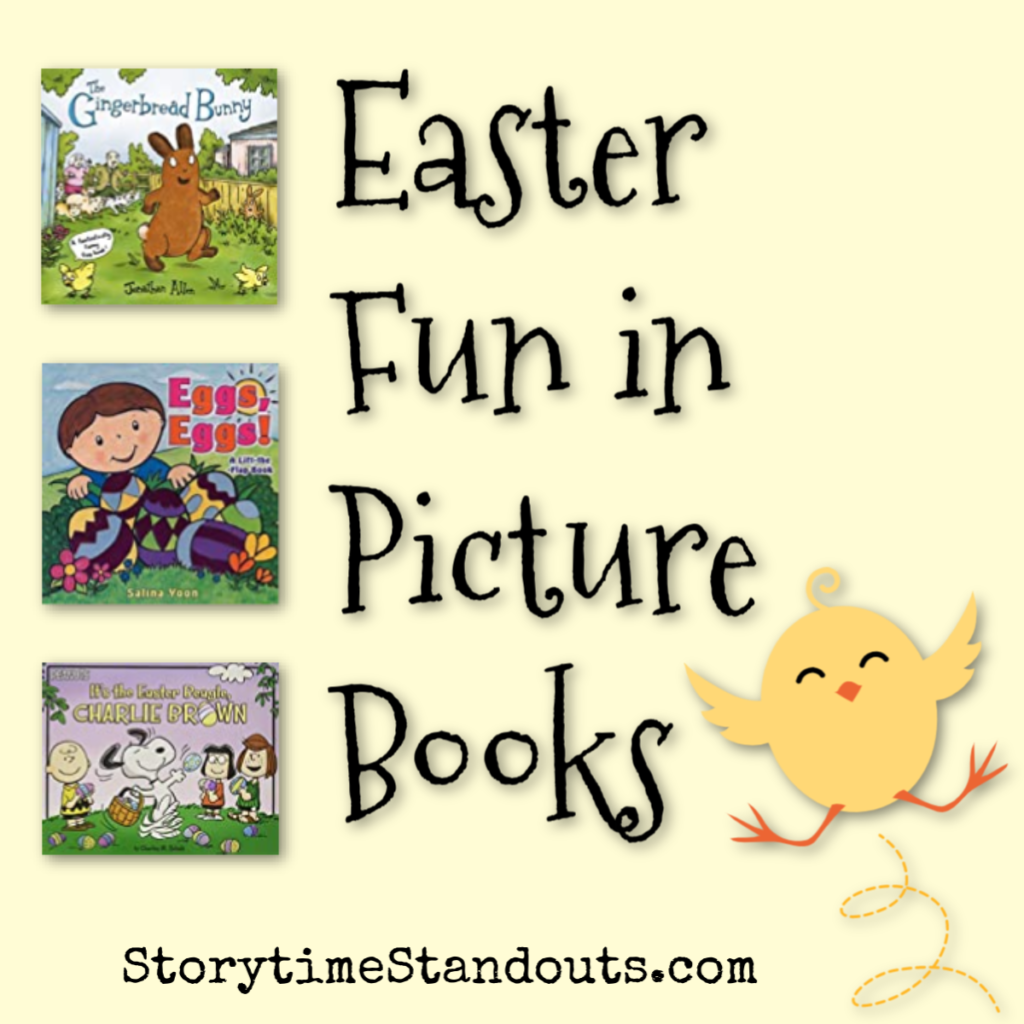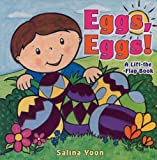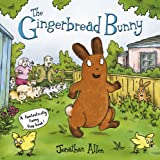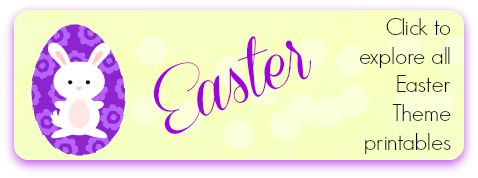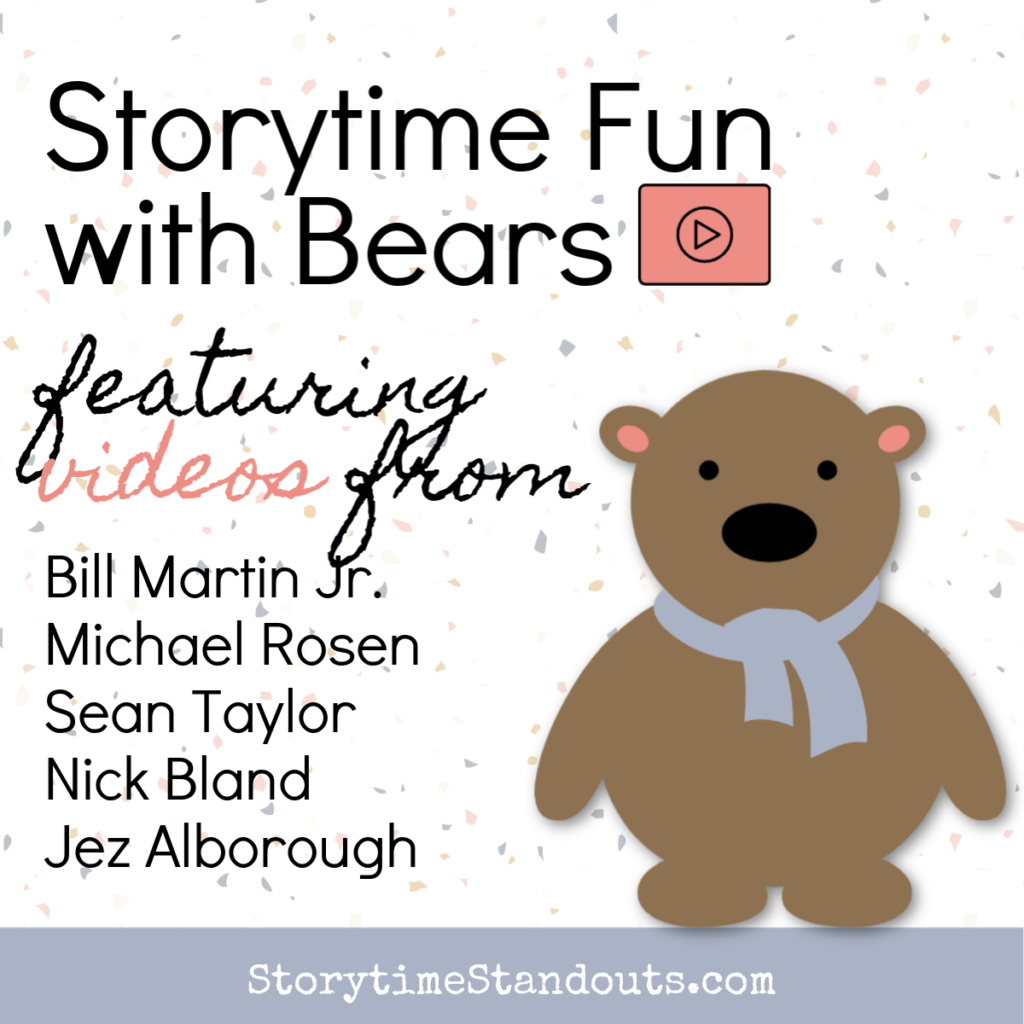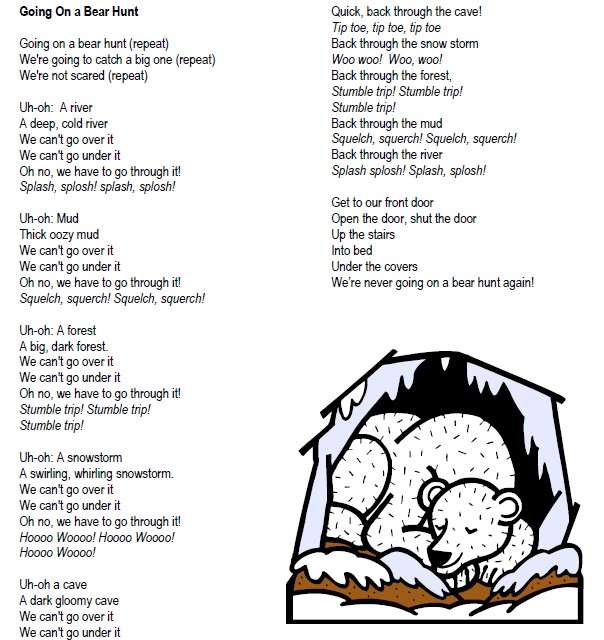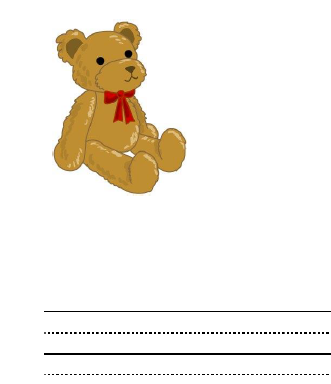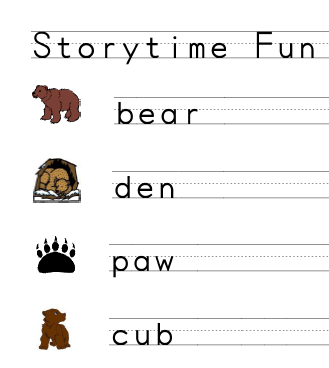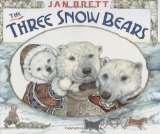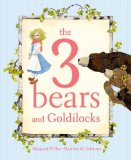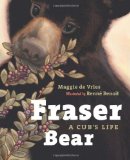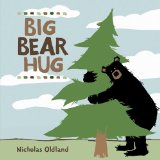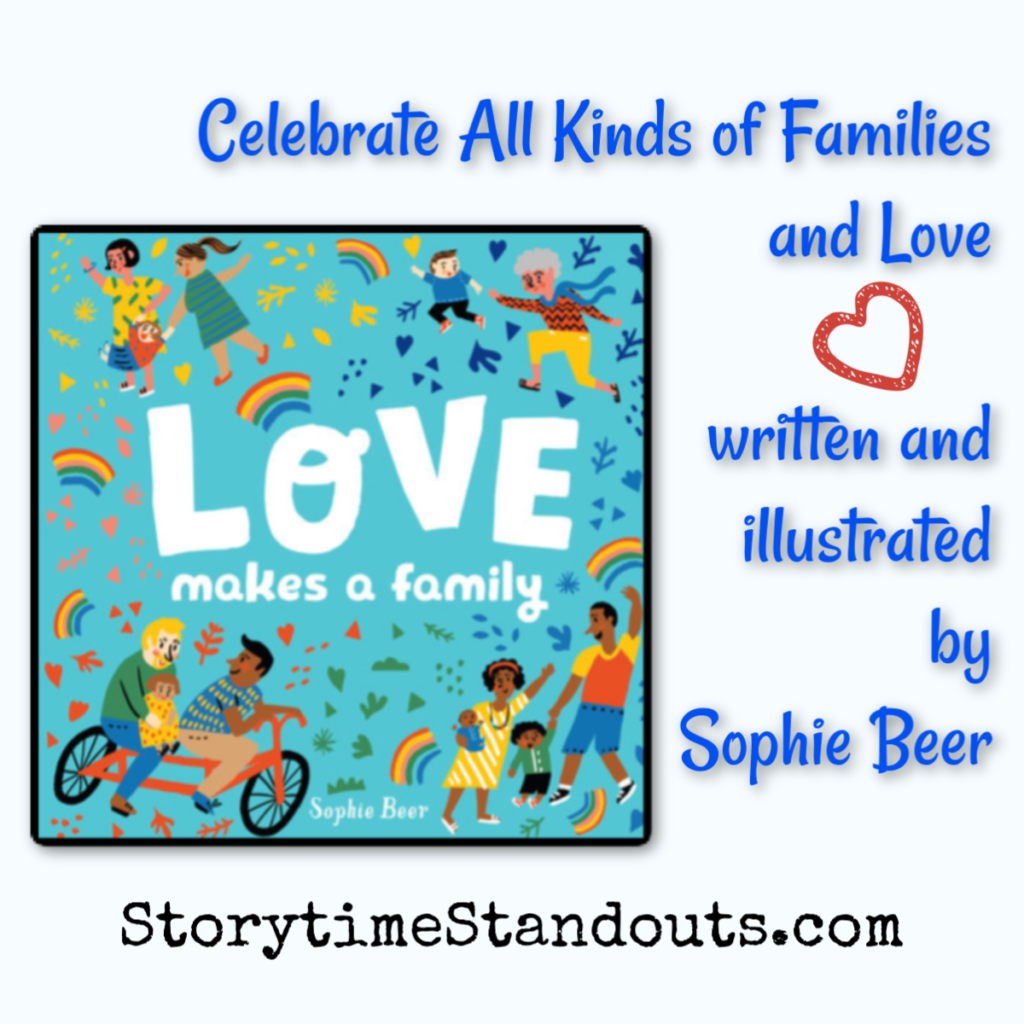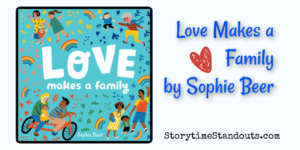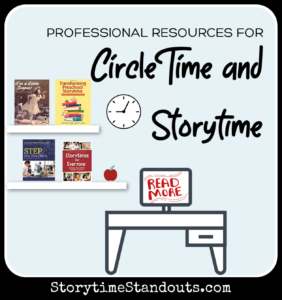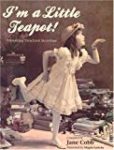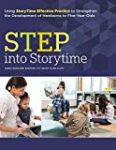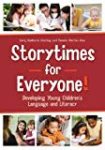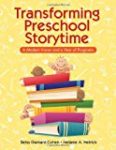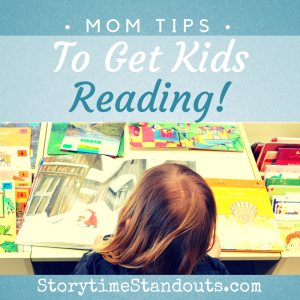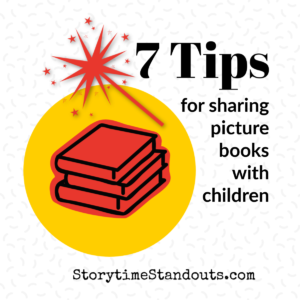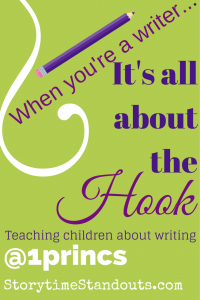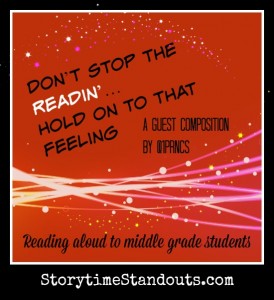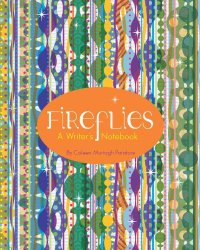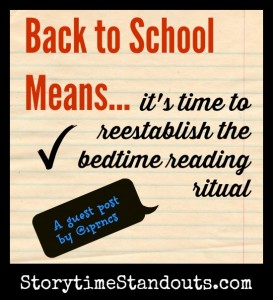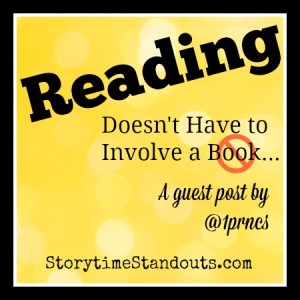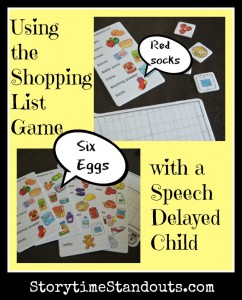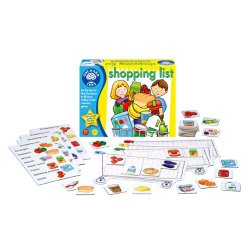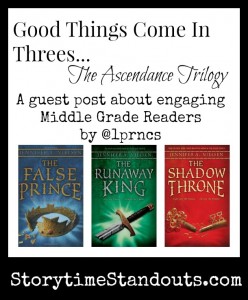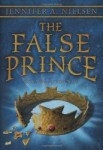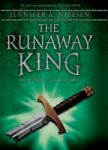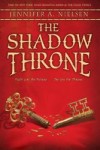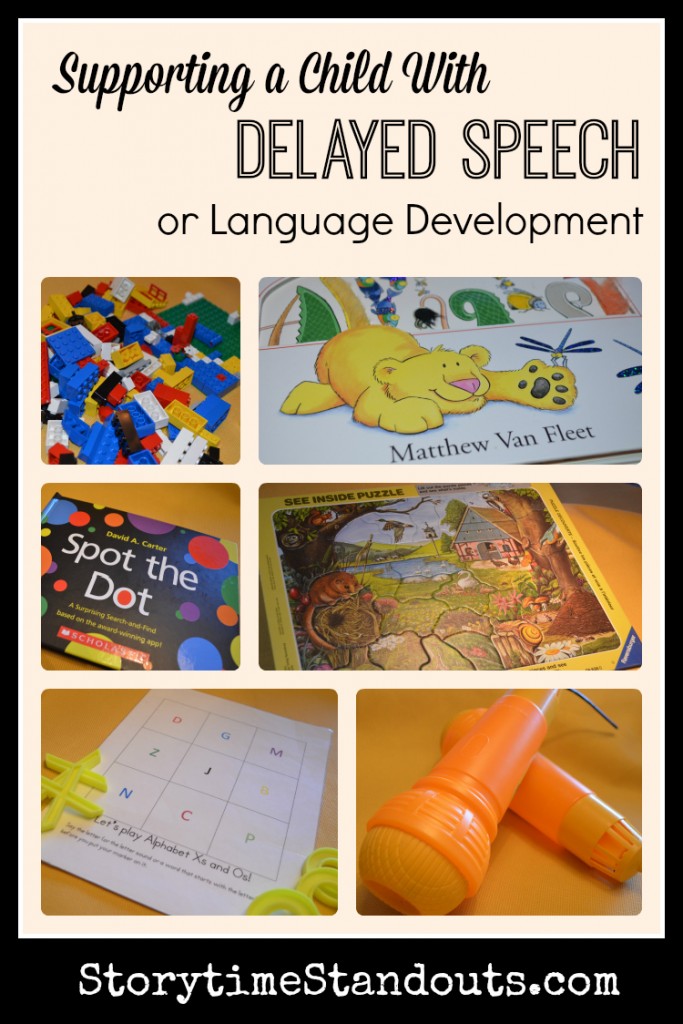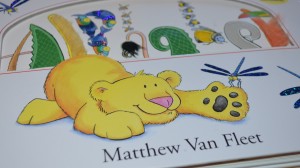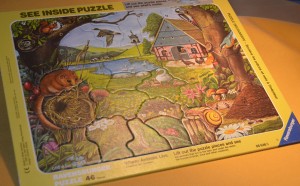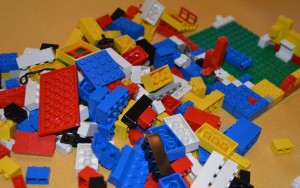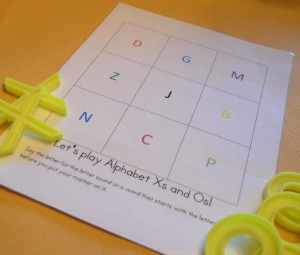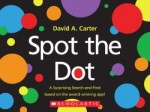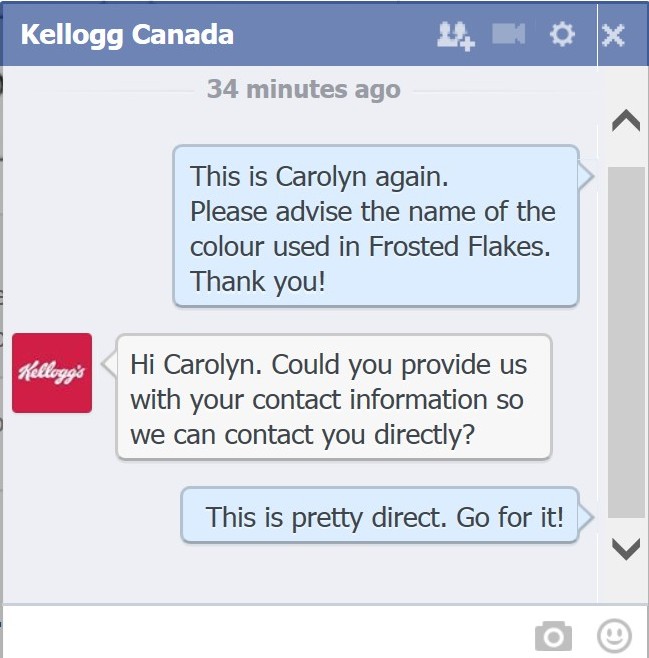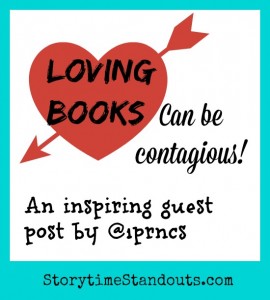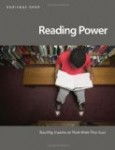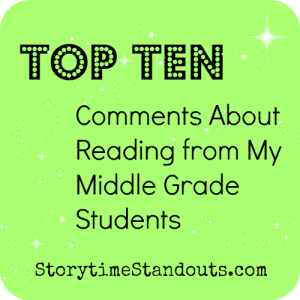
Free picture book downloads for parents and caregivers who are trying to explain the current pandemic and the need for social distancing to children.
It is important to note that all of these picture books are meant to be read aloud and discussed with children by a parent, teacher or caregiver. These stories are not intended for children to read independently. We strongly recommend that adults read the books before sharing them with a child.
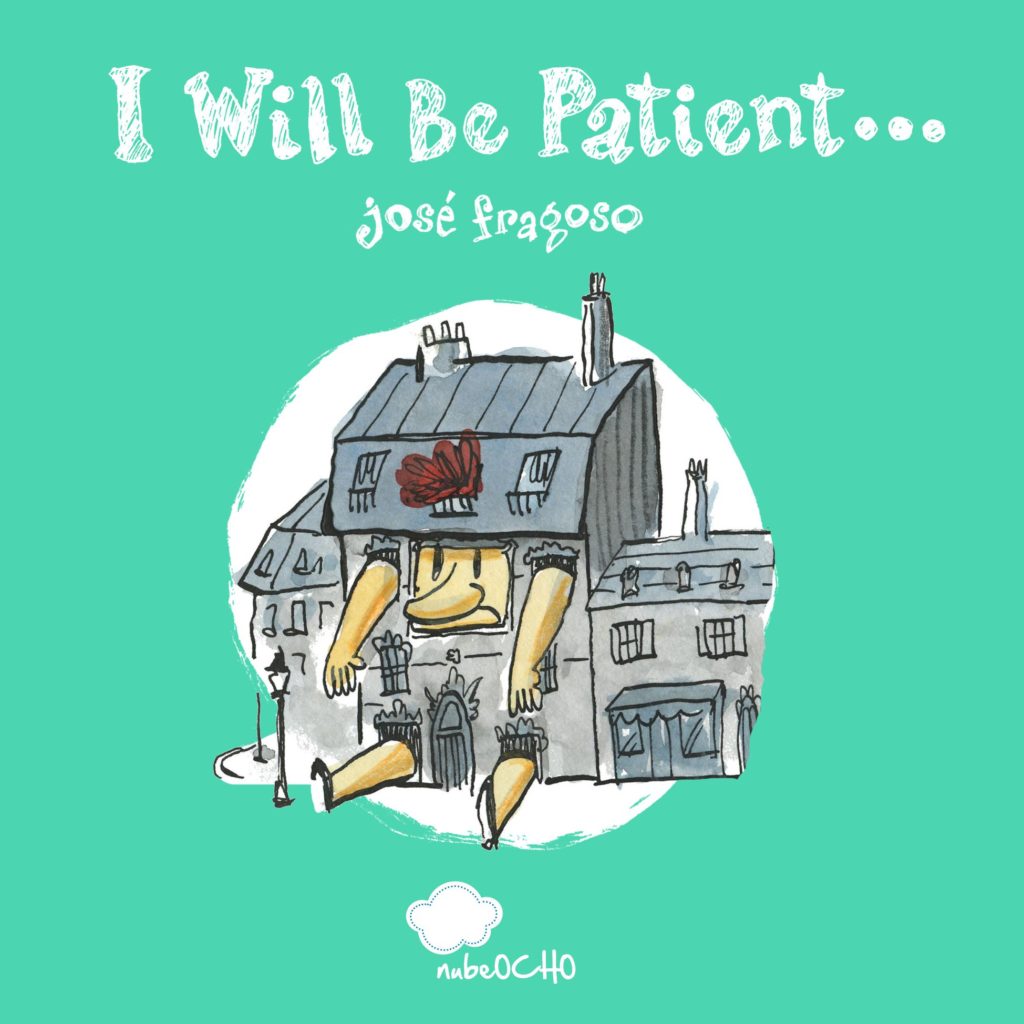
I Will Be Patient written and illustrated by José Fragoso
Advisor: Dr. Castrejón, Gregorio Marañón Hospital, Madrid.
Picture book to help explain a pandemic published digitally and free of charge by NubeOcho.
#IWillBePatient
Also available in Spanish.
Appropriate for preschool children, I Will Be Patient shares a reassuring message that healthcare workers and scientists are working hard to help us. Briefly acknowledging “armchair quarterbacks” who complain, the author quickly transitions to positive, child-appropriate messaging about how each one of us can make a difference.
- Washing hands
- Physical distancing
- Staying home
- Staying in contact with family members, especially grandparents
- Doing homework
Bright, colorful illustrations are a highlight of this story for young children. Sharing factual information and a message of hope and encouragement, we especially liked the frothing handwashing bubbles and the (eventual) return to the fun and friends found at playgrounds around the world.
Download a copy of I Will Be Patient from the publisher’s website here
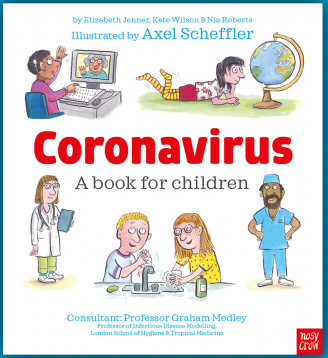
Coronavirus A Book for Children written by Elizabeth Jenner, Kate Wilson and Nia Roberts and illustrated by Axel Scheffler
Consultant: Professor Graham Medley Professor of Infectious Disease Modelling, London School of Hygiene & Tropical Medicine
Picture book to help explain a pandemic published digitally and free of charge by Nosy Crow
Listen to the audiobook, read by Hugh Bonneville
Appropriate to share with children aged 5 years and up, Coronavirus A Book for Children provides detailed information about how viruses are spread, symptoms experienced by people who are infected by a coronavirus, why people are worried about the disease and why we need to physical distance.
Detailed, engaging illustrations feature a racially diverse community and individuals with mobility impairments.
Extensive afternotes provide additional resources for children and adults.
Download a copy of Coronavirus A Book for Children from the publisher’s website here
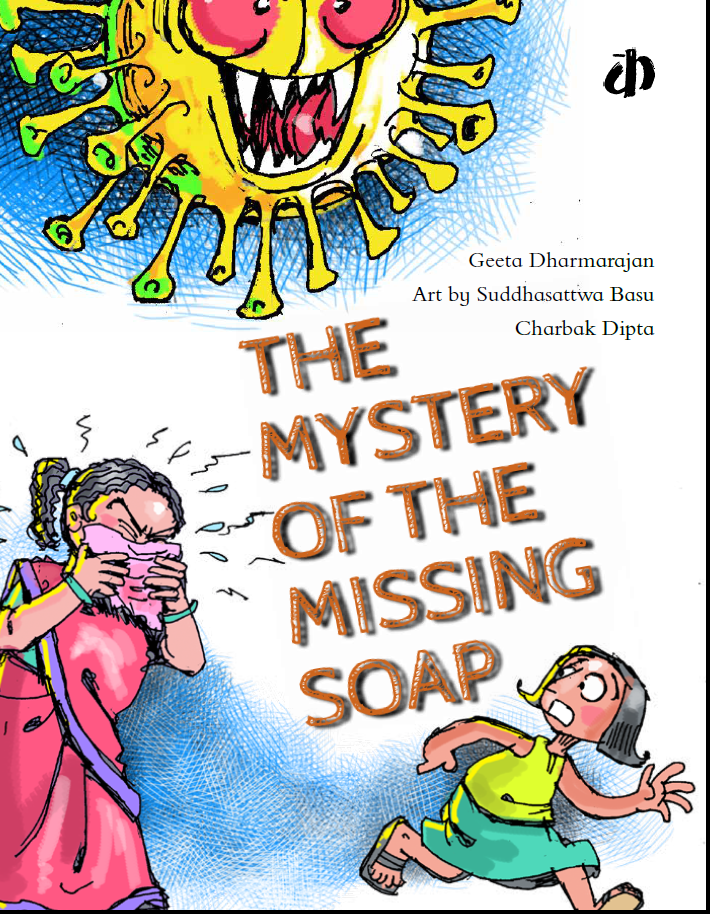
The Mystery of the Missing Soap written by Geeta Dharmarajan and illustrated by Suddhasattwa Basu and Charbak Dipta
Picture book to encourage hand-washing during a pandemic published digitally and free of charge by Katha. Katha is based in India and serves children and their families who are living in poverty.
Katha uses a framework of “THINK, ASK, DISCUSS, ACT and ACTION.” (TADAA) to share important information and to foster learning.
Suitable for late primary and older children, the book includes instructions for making soap using reetha berries. Afternotes provide facts about Coronavirus and handwashing.
The Mystery of the Missing Soap has been published in five languages: English, Hindi, Tamil, Marathi and Assamese.
Read a copy of The Mystery of the Missing Soap and/or download a copy here.
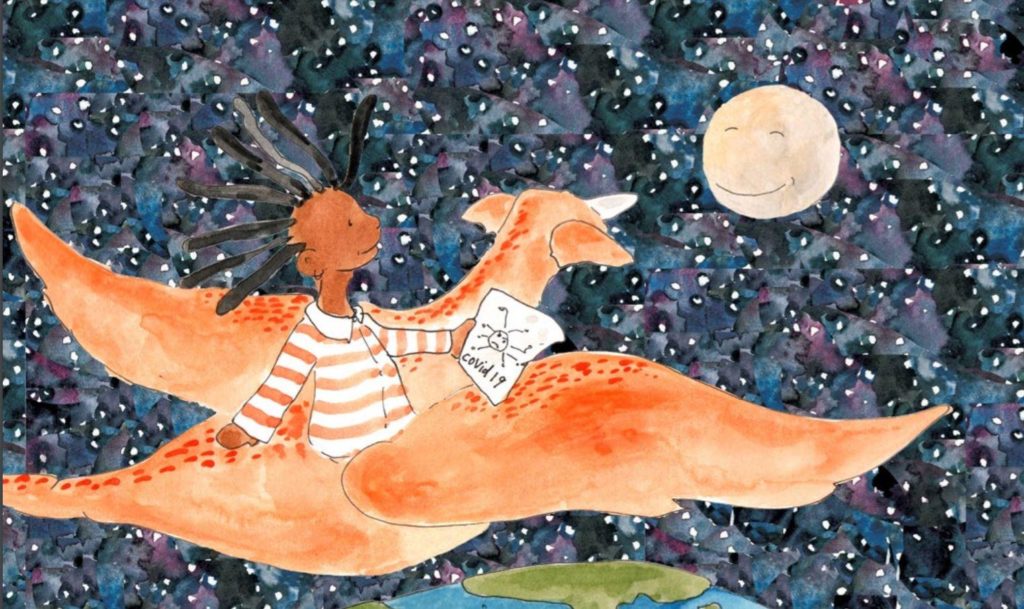
My Hero is You was developed by the (UNICEF) Inter-Agency Standing Committee Reference Group on Mental Health and Psychosocial Support in Emergency Settings, and supported by global, regional and country-based experts, in addition to parents, caregivers, teachers and children in 104 countries. It was illustrated by Helen Patuck
Picture book to help explain a pandemic published digitally and free of charge by IASC
Also available in Arabic, Chinese French, Russian, and Spanish
Appropriate to share with children aged six and older, My Hero is You is a metaphorical picture book that sees Sara discover ways to make a positive difference while travelling to destinations around the world on the back of a dragon.
“Remember our story. You can keep those you love safe by washing your hands and staying home. I am never far away. You can always be with me when you go to your safe place.” “You are my hero,” she whispered. “You are my hero too, Sara. You are a hero to all those who love you,” he said.
from My Hero is You
My Download a copy of My Hero is You or read it online.
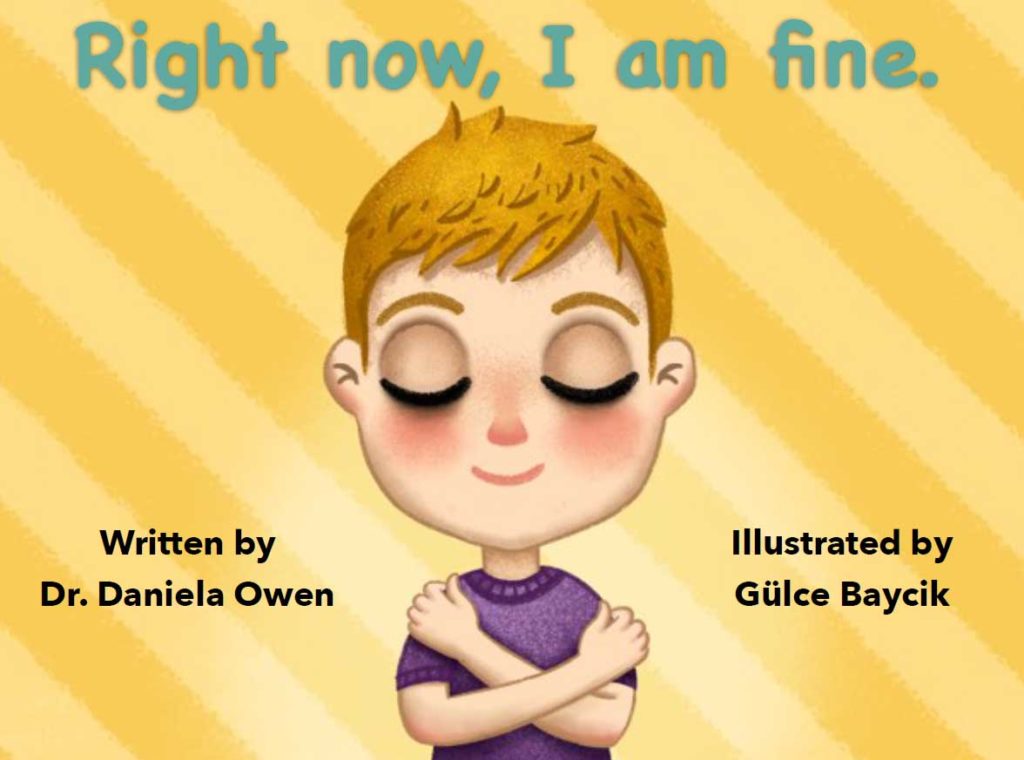
Right Now, I am Fine written by Dr. Daniela Owen and illustrated by Gülce Baycik
Picture book to help children manage anxious thoughts published digitally and free of charge on the author’s blog
#rightnowIamfine
A narrated copy is available on YouTube and an accompanying coloring book is also available for download
Written specifically for children who are experiencing worries, fears, discomfort, or nagging thoughts during challenging times, Right Now, I am Fine will give children (and adults) very specific steps to take when experiencing troubling emotions, especially anxiety.
Simple, straightforward language and easily-implemented suggestions make the ideas shared in this picture book accessible to children of all ages. We can almost hear the author’s soothing voice and recommendations, helping us to cope with our worries and fears.
“It is important to remind ourselves that we are fine, right now.”
Dr. Daniela Owen
Download a Copy of Right Now, I am Fine
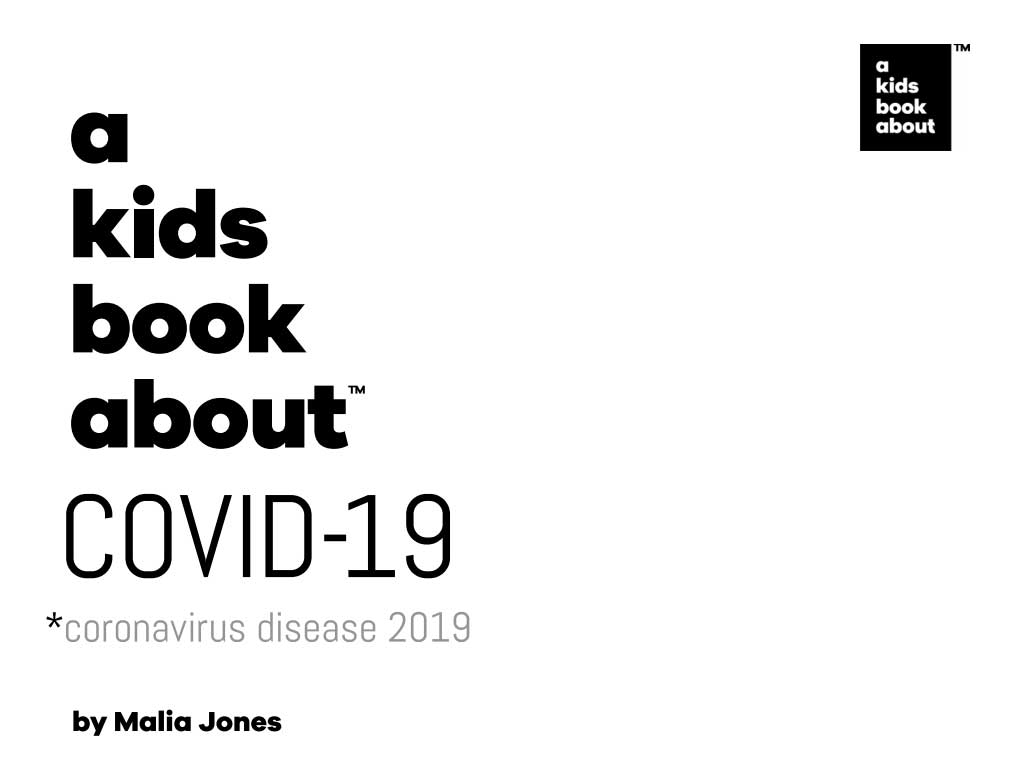
a kids book about COVID-19 written by Dr. Malia Jones
Children’s book to help explain Covid-19 published digitally and free of charge by A Kids Book About, Inc.
Dr. Malia Jones is a social epidemiologist
Also available in Spanish
a kids book about COVID-19 relies on text and graphics to share information and is best suited to children aged 5 years and up. It includes a thoughtful, reassuring introduction for parents, a fact sheet and recommendations for follow-up questions and discussion.
We especially liked the author’s reference to “cocooning” and encouraging children to about other creatures that live (for a while) in a cocoon. Families who choose to print a kids book about COVID-19 could suggest that children color it as an extension activity.
This book publisher requires an email address.
Request a link to download/print a kids book about COVID-19 here.
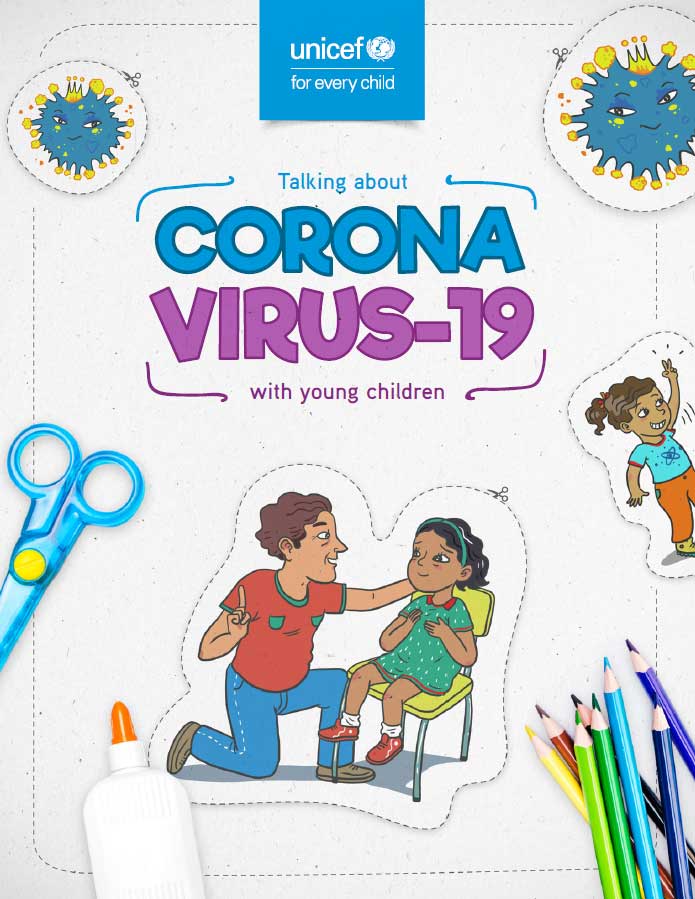
Talking About Corona Virus-19 with Young Children prepared by UNICEF LACRO Early Childhood Development team and reviewed by the Health, Child Protection, and Education in Emergencies areas
Illustrated by Sol Diaz
Available in English, Spanish, French and Portuguese.
An interactive book that includes cut and paste activities and an opportunity to draw or have an adult scribe. The content in Talking About Corona Virus-19 with Young Children is most appropriate for preschool-age children.
Choose your preferred language and download Talking About Corona Virus-19 with Young Children here
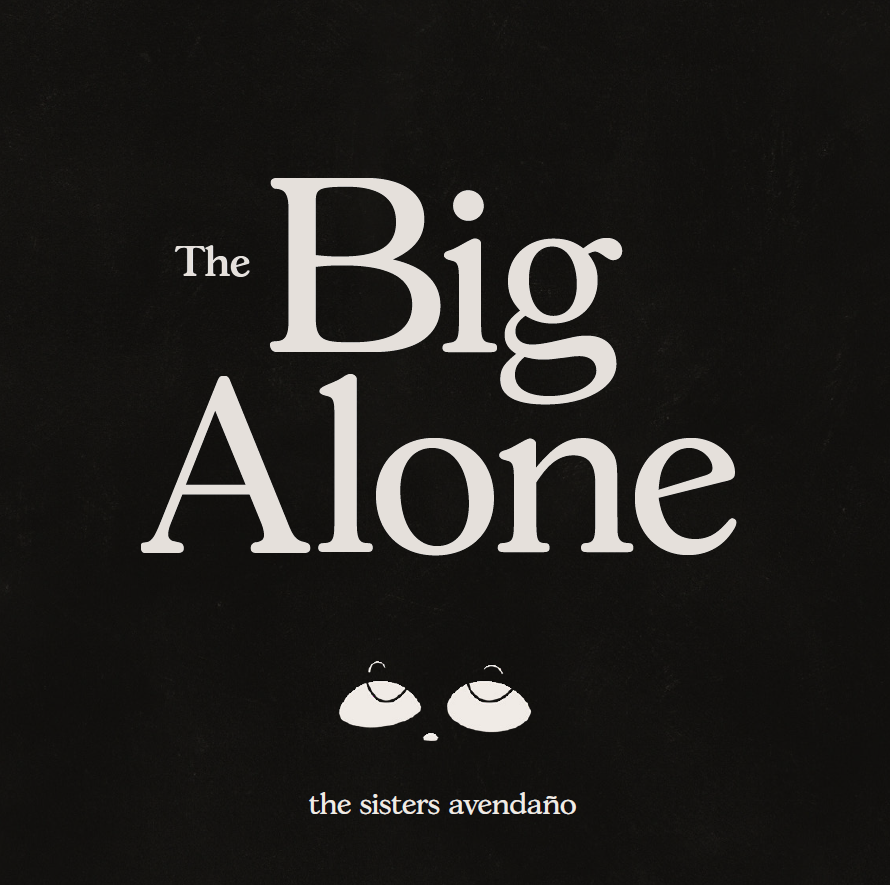
The Big Alone written by Alex Avendaño and illustrated by Jan Avendaño
Picture book about physical distancing and feeling lonely published digitally and without charge on the sisters’ website
Available in English, Chinese, French, German, Italian, Korean, Portuguese, Russian, Spanish and Tagalog
#TheBigAlone
An absolute delight, The Big Alone captures the loneliness and sadness experienced by children and adults who are physical distancing. Charming, black and white digital illustrations beautifully convey emotions through facial expressions, especially eyes.
The realization that being physically separate does not have to mean “alone,” is uplifting and inspiring.
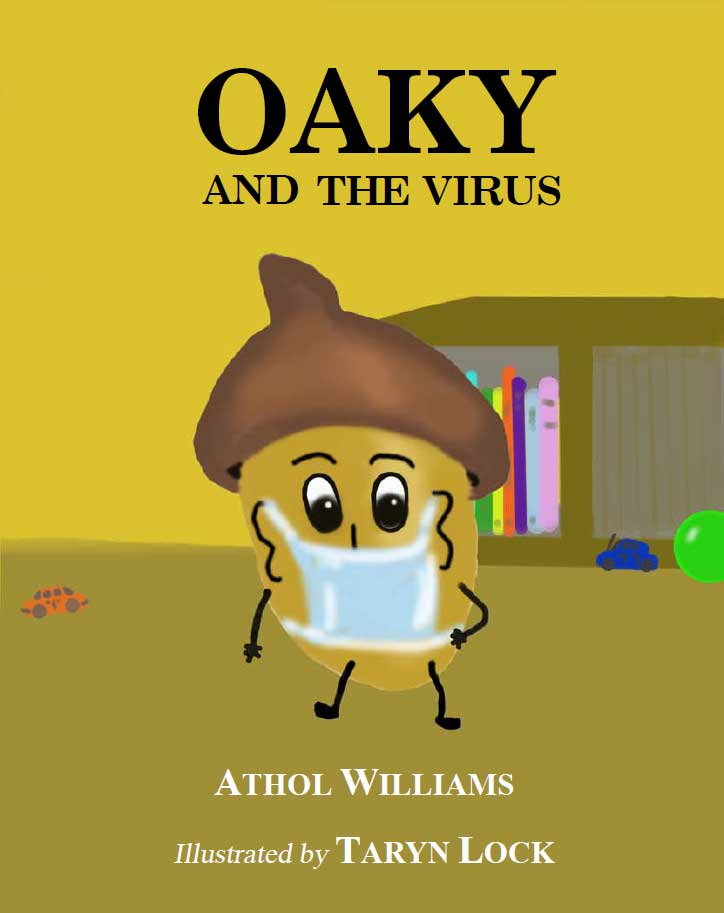
Oaky and the Virus written by Athol Williams and illustrated by Taryn Lock
Children’s book to help explain viruses published digitally and free of charge by Theart Press
#OakyFun
Theart Press is a South African publisher specialising in inspirational books. All book profits go to READ to RISE which is a non-profit organization that promotes youth literacy in South Africa.
Oaky and Oaket are brother and sister. They love to play with their friends. When a virus threatens their community, they are determined to stay well. They can’t trap the virus because it is too small to see. Instead, they learn a song that reminds them to wash their hands, wear a mask and stay home. They are both disappointed that they can’t see their friends but they resolve to read, play with toys and bake a cake.
Suitable for preschool-age children, Oaky and the Virus is part of a series of books about Oaky and Oaket. Afternotes include questions about the story and ways to extend learning.
Download a copy of Oaky and the Virus here


